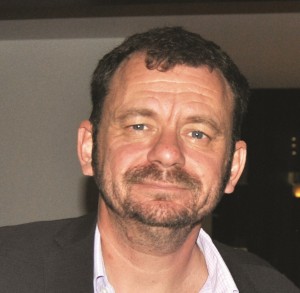by Steve Jones
Some years ago, in an interview with Andrew McEvoy shortly after he took the reins at Tourism Australia, I asked him about the weight of expectation that must come with selling the nation to the world.
There was, he mused after a considered pause, one particular factor that made the responsibility such an exciting yet pressured one. Everyone has a view on how it should be done.
In much the same way sports fans gather in pubs and pontificate about their teams’ successes and failures, the Australian public is never short of an opinion on the latest marketing efforts of Tourism Australia.
The reason is simple; everyone cares. Fundamentally, Australia is an imageconscious nation, sensitive to, and interested how, it is projected overseas in a way that Britain, for example, simply is not.
In many respects it comes down to age. Australia is a young country, eager to be liked and anxious about how it is perceived. That extends to how the country is marketed.
I have often thought that promoting Australia to the world must be one of the most blessed marketing jobs going, such is the richness of material at the marketer’s disposal. But it is also strewn with landmines.
Get it wrong and you can expect a public mauling. Whoever thought Lara Bingle swearing at would-be visitors was a good idea can testify to that.
On the flip side, people still get all mistyeyed when they recall larrikin Paul Hogan throwing a shrimp on the barbie.
All of which brings me to Tourism Australia’s recently-launched global marketing campaign, and its focus on coastal and aquatic experiences.
Lisa Ronson swapped Westpac for Tourism Australia a little over 12 months ago now and this latest push under ‘There’s Nothing Like Australia’ is her first campaign from concept to launch. The intensity of the spotlight wasn’t lost on Ronson who described the level of interest as “absolutely a positive” before conceding there was also “concern and anxieties about what people are going to say”.
It almost goes without saying that praise for the campaign has not been universal with some describing it as “beautiful but boring” and “lacking diversity”.
By and large, however, it has been well received, and rightly so. At its most basic, imagery is designed to draw people in and from that perspective it has surely succeeded. The use of virtual reality could also be a masterstroke if take up of Google’s low cost VR technology, Google Cardboard, reaches critical mass.
It’s also worth noting that this campaign, like most released by Tourism Australia, is targeting international markets.
What we may regard as clichéd or unimaginative is viewed through an entirely different lens by those on the other side of the world, many of whom have never set foot on Australian soil.







